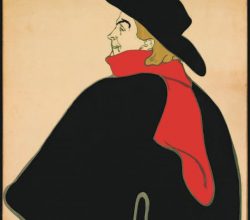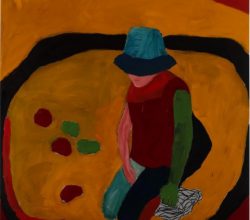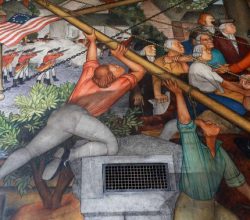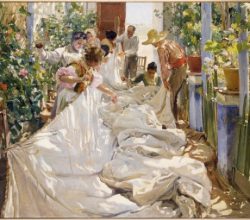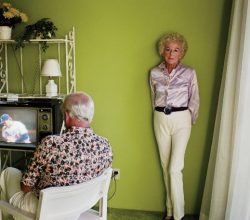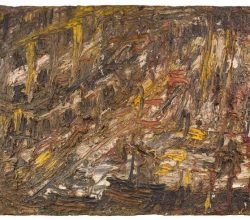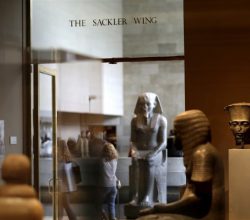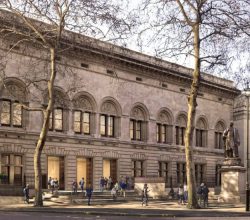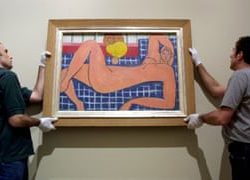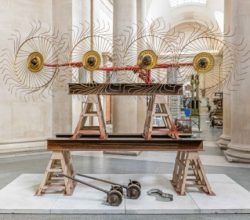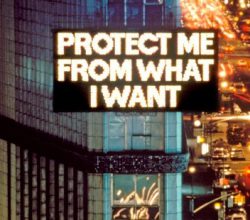
Jenny Holzer: Thing Indescribable
Veronica Simpson | Studio International | 4th April 2019
On paper, Holzer’s early text-based art is so neat and aesthetic. Projected onto buildings or in illuminated signs, it has even more impact. Holzer tried hard to be clichéd in order to “catch people who were in a hurry”. Recently she has made works using redacted security documents: “the person redacting should have been a Russian Suprematist … the blocks were just so”.

